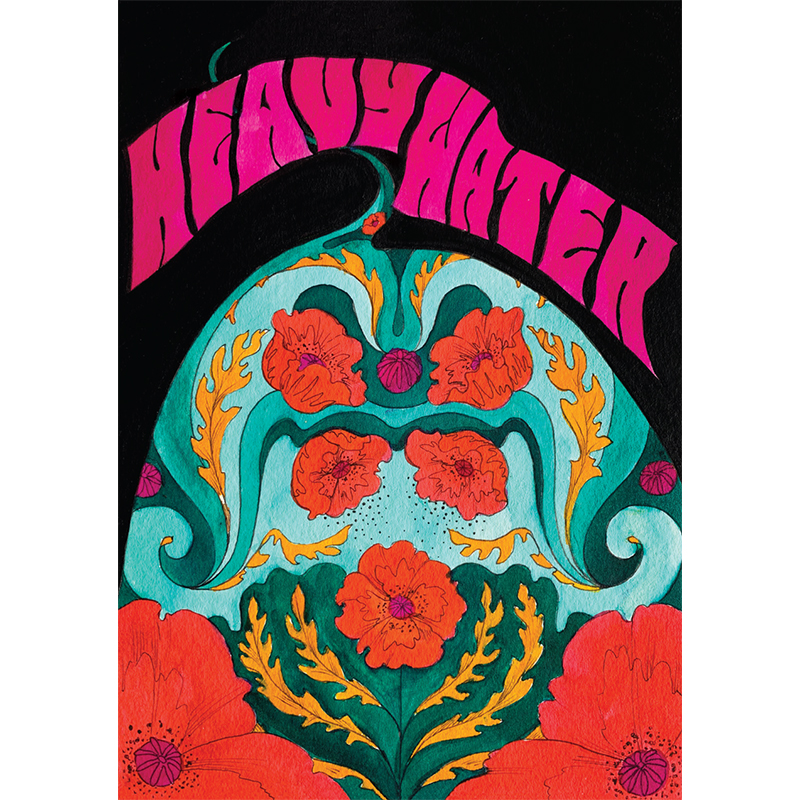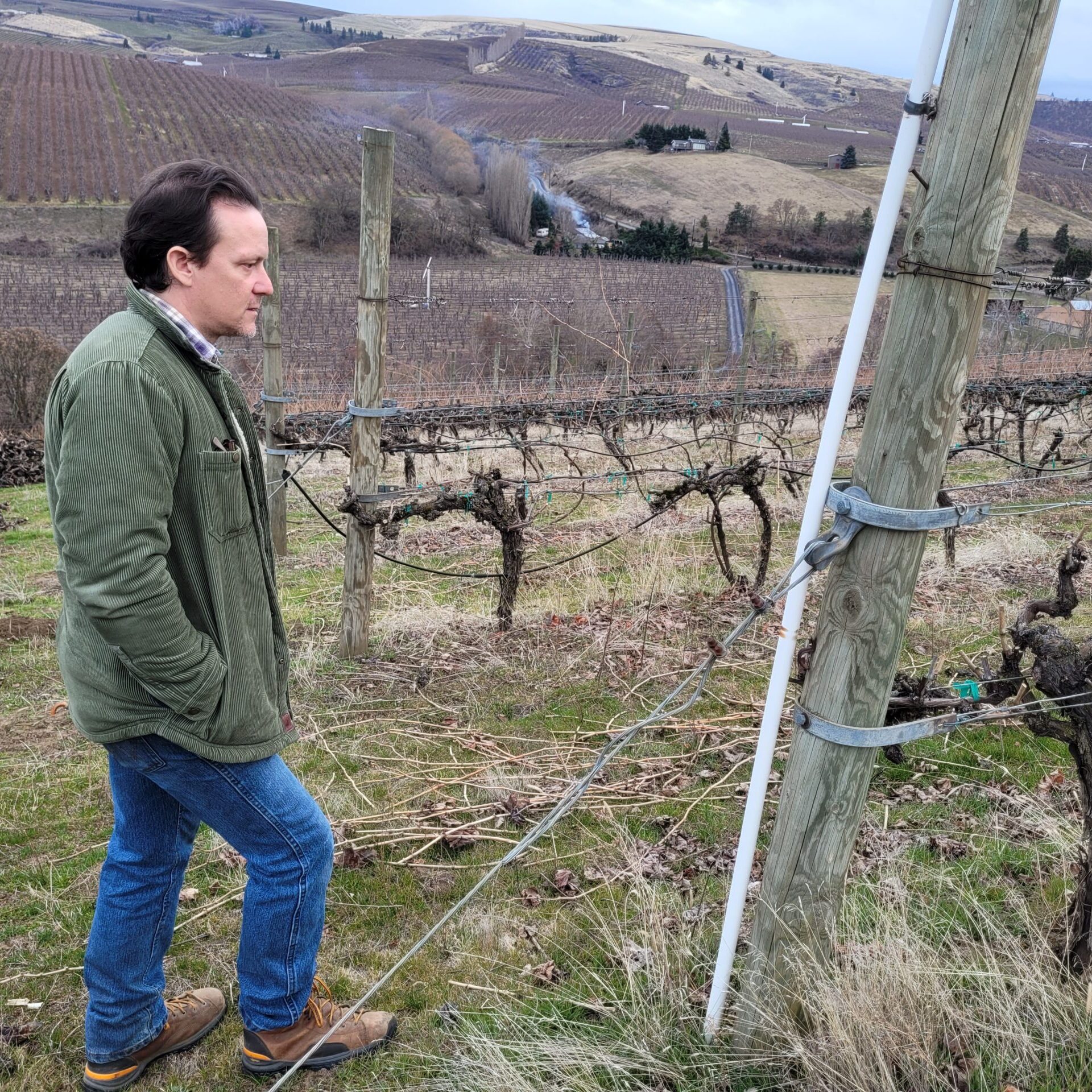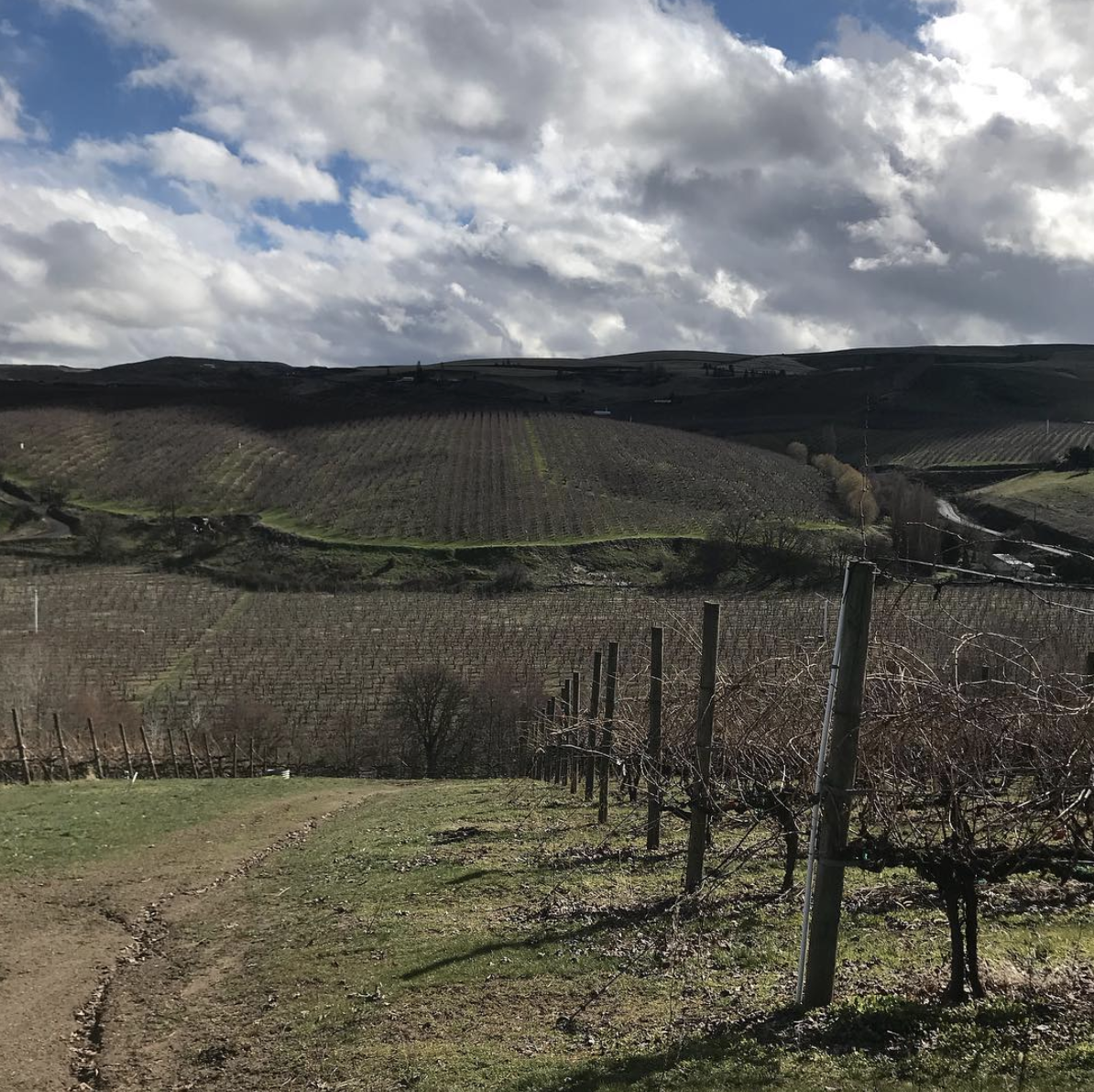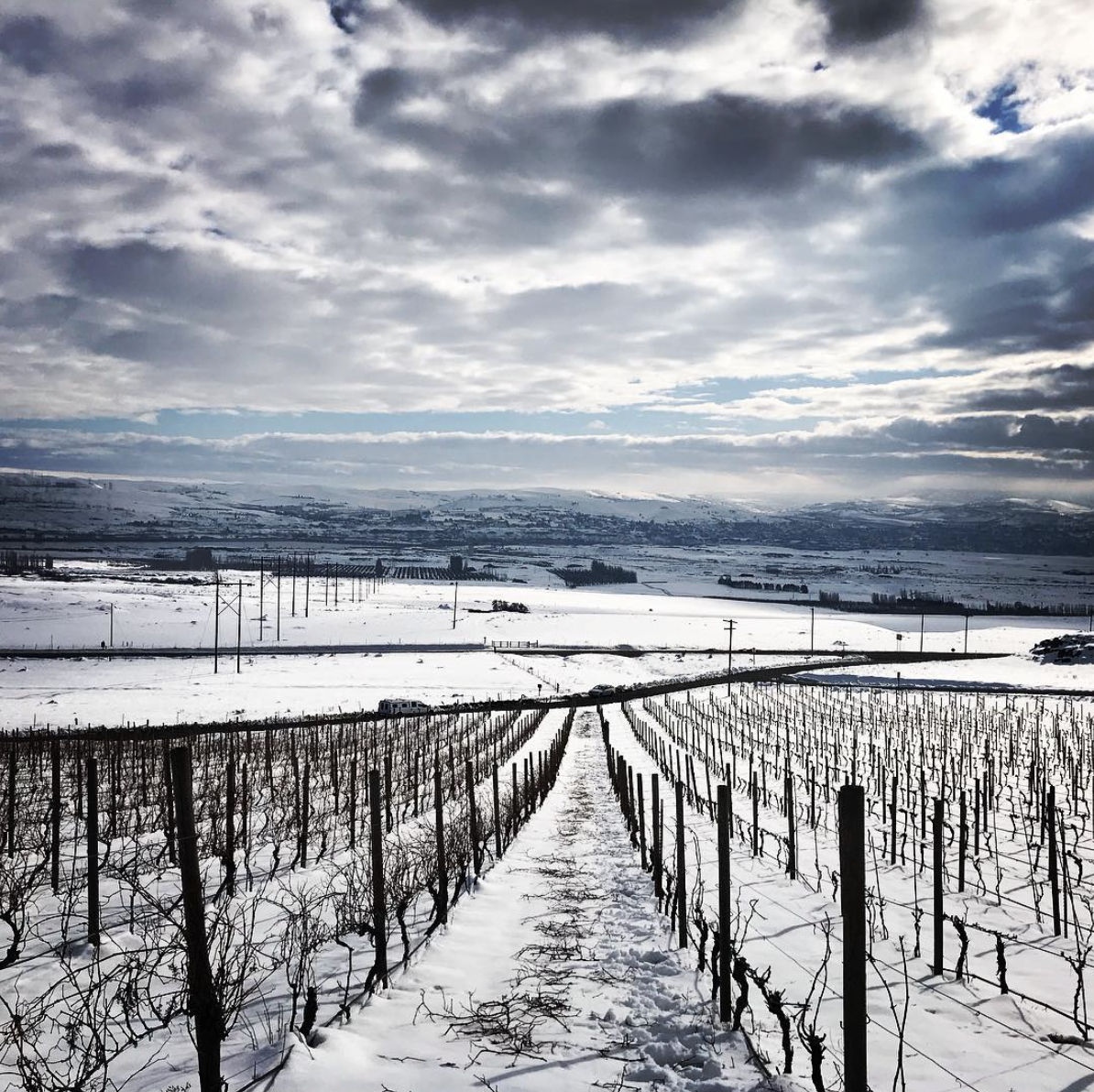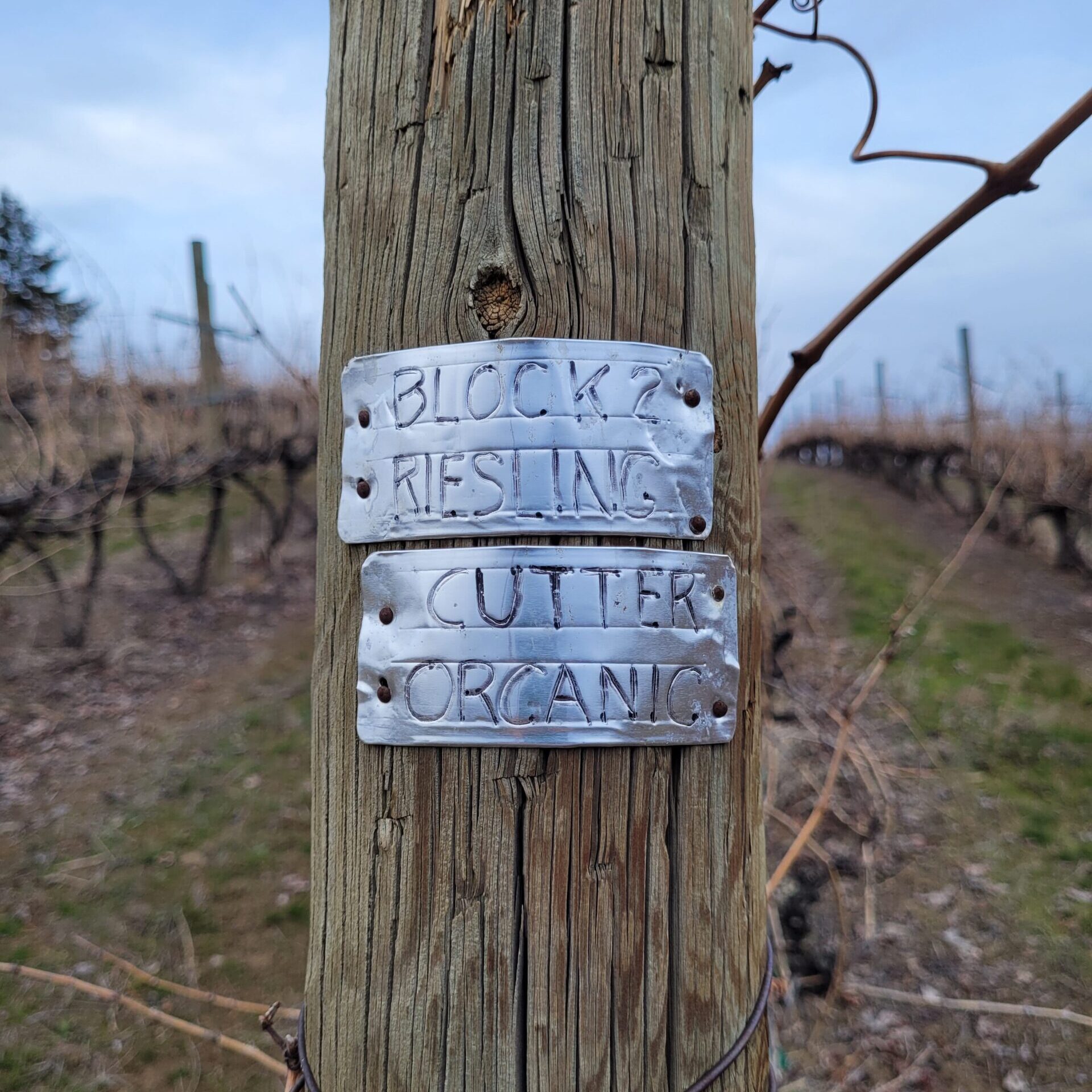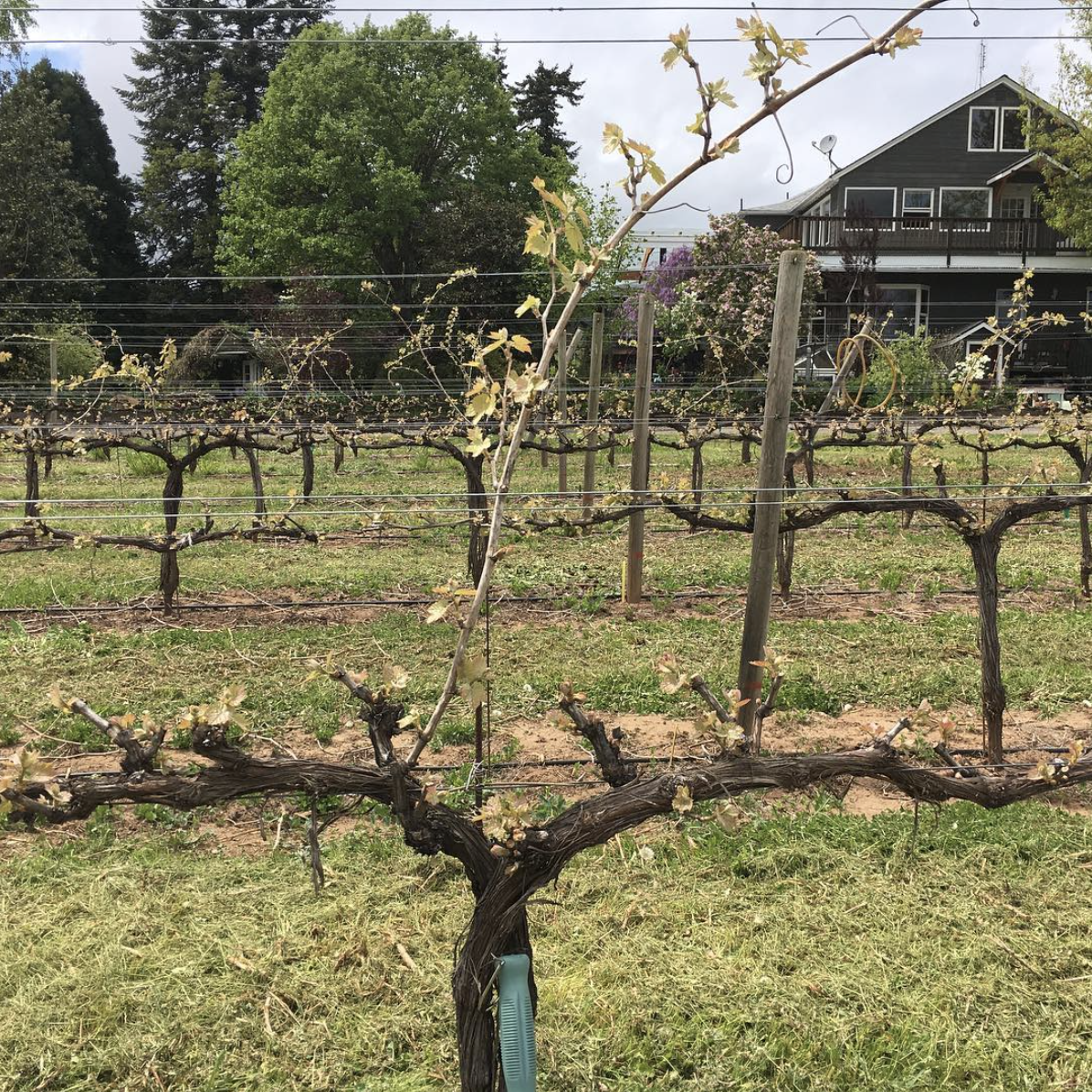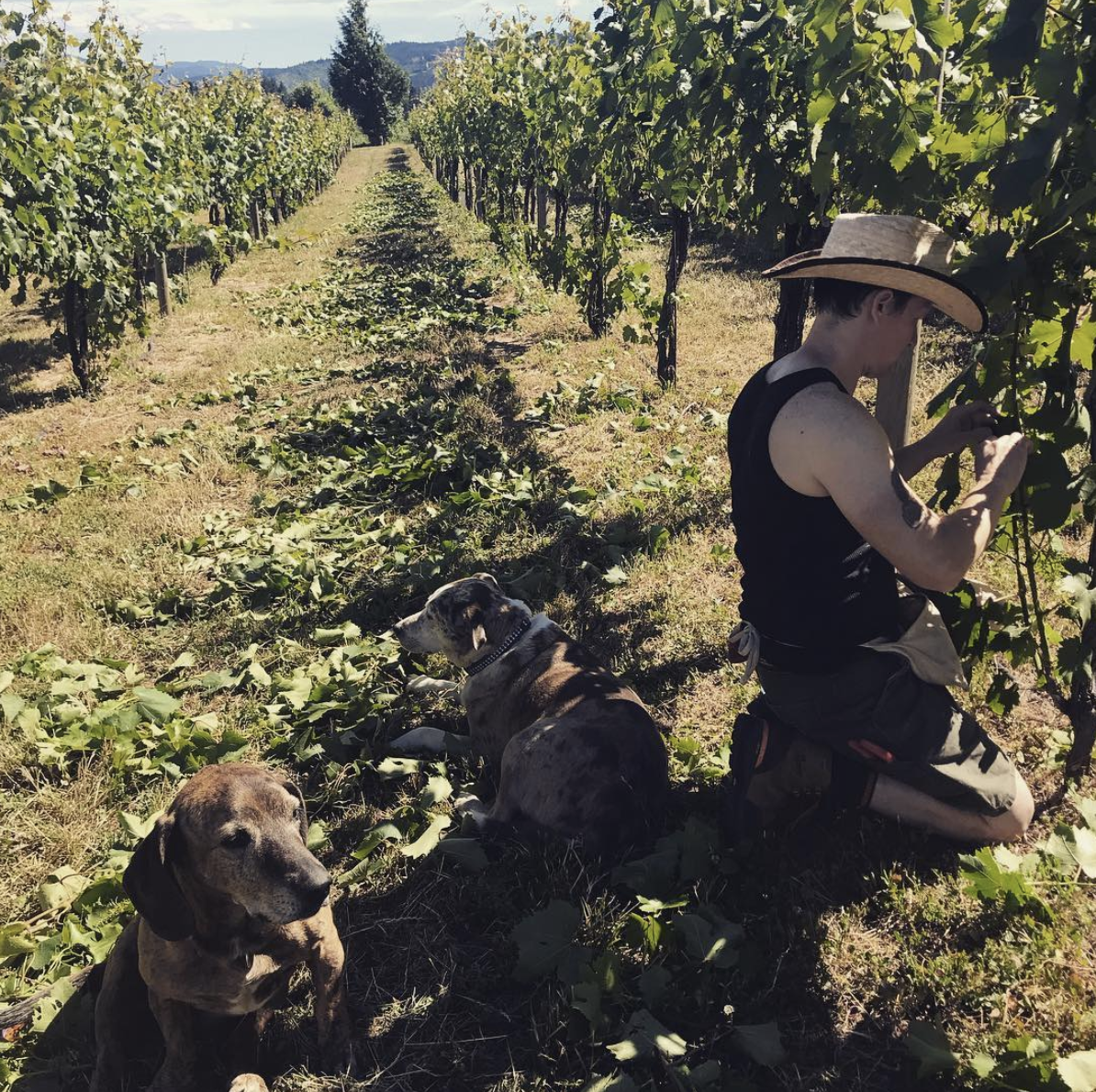“I want to go see Ulli Stein in Germany.” That was maybe the first thing Michael Garofola ever said to us.
We, in return, thought to ourselves: Well this is a very keen individual. We should be friends.
Sometime later, we learned that Michael was also making wine up in one of the most confusing, specific (it’s only about 140 hectares under vine) and complicated viticultural landscapes on earth: the Columbia River Gorge. We, in return, thought to ourselves: Well this is a very strange individual. We should be friends.
You’re noticing a theme repeat itself no doubt.
The Gorge, as you may or may not know, runs along a stretch of the Columbia River to the east of Portland and north of Mount Hood. In the last decade or so this has become the mysterious home for some of the most buzzed-about estates in the Pacific Northwest, Hiyu Wine Farm the most prominent among them. We wanted to learn more.
The key to understanding this area (if there is one) seems to be that despite its tiny footprint, it includes microclimates that run the gamut from the Mosel to La Mancha: wet and cold to hot and dry. Looking around the town of Cascade Locks you feel like you’re in a rainforest. Head east on I-84 and the average rainfall drops an inch every mile until you’ve reached, well, a desert. This is extreme.
As a result, the local winemakers like to say you can pretty much grow any grape variety here, from delicate and airy Chasselas to face-rippingly brutal Monastrell. Keep in mind we don’t actually know if anyone is growing either of these grapes here, but the point is they could.
Perhaps this helps explain the scattershot and, dare we say, even unsexy selection of grapes with which Michael has found himself working, namely Dolcetto, Zinfandel, Fiano, Chardonnay and, yes, Riesling.
Ask a random group of wine drinkers of any stripe and chances are that 100% of them will outright dislike at least one of those grapes for some reason or another. This is a challenging foundation on which to build a business.
Given our own obsession with Riesling and Dornfelder and other grapes less commercially, eh, dominant, we think to ourselves: Well this is a crazy individual. Not only should we be friends, but we should be a part of this.
And the truth is that every single wine Michael makes has relatively little, if anything at all, to do with preconceptions of these grapes. The Riesling is burly and gripping; the Zinfandel energetic, earthen and delicate. Part of this has to do with the extremes of this place, the Gorge. But the other part has to do with Michael’s deeply rigorous, reflective and considered decisions, both in the vineyard and in the cellar.
Michael has spent a good amount of time digging deep into the records and historical documentation; he’s chatted up the old-timers extensively. If you ever meet him, be sure to ask him about Louie Comini, the Lombardian stone mason who was likely the first person to plant grapevines in the Dalles in the 1890s. Hell, if you want – and you should – please read some of Michael’s own writing on the subject here.
If the labels appear whitty and whimsical, the wines are anything but.
Currently Michael is working two sites in the Gorge. The majority of grapes come from the Hillside Vineyard, just outside of the Dalles, where the more arid climate starts to begin. The Dolcetto comes from the Von Flotow vineyard, on the western edge of Hood River and about halfway between the rainforest and the desert. Both Hillside and the Dalles are technically part of the Columbia Valley appellation, but we’ll follow the lead of the locals and call it what it is: the eastern edge of the Gorge.
For his Dolcetto, “Ashes to Ashes,” Michael cites the structured, high-altitude wines of Dogliani’s San Fereolo among others in Alba as personal favorites; their loyalty to and championing of the grape in the face of economic pressure to switch over to the more popular and lucrative Nebbiolo is likely particularly inspiring. Indeed, Ashes is serious – dark-toned, structured, even a bit brooding while maintaining a wispy freshness.
Zin is expressed in three cuvées: “Strawberry Mullet” is, full stop, one of the best domestic rosés – with its raciness and depth perhaps belied by the tongue-in-cheek name and label. The best tasting barrel of Mullet is often held-back a year as well, resulting in the “XL” release, whose nutty complexity brings to mind the Tibouren Rosés of Clos Cibonne.
Finally, the red Zin is labelled as “Come On, Come On,” a nod to Wasco County’s most famous residents. Forsaking its Southern Mediterranean roots, this is Zin via the Savoie or the Italian Alps – nervy, energetic, palate-staining but elegant – the Northern California archetypes don’t even enter into the conversation.
“#1 Grandpa” is a blend of Fiano, Chardonnay and Riesling and the amount of “Vitamin R” in the blend seems to be creeping up every vintage. Once again there’s a notable Italian influence as the grapes combine to display a profile that’s reminiscent of mineral driven Vermentino or Verdicchio – yet with a cooler-toned and more chiseled edge than is to be expected with these varieties.
Finally, “Heavy Water,” which is probably the world’s only skin contact wine made from 40-year old vines in the desert. Doing a straight-forward vinification of Riesling grown in this context wouldn’t have yielded a wine of much interest, just as you don’t come across too many compelling white wines from the more arid parts of Italy and Spain. But what are compelling are the skin-contact masterpieces from Paolo Bea in Umbria – Santa Chiara and Arboreus in particular – and these wines are the direct inspiration for Heavy Water. As psychedelic and surreal as its name and label would imply, this is worlds away from anything that could possibly come out of Germany. Deeply phenolic with hints of anise, clove and high-toned fruit, Riesling’s unmistakable identity pulses throughout this mind-bending and invigorating wine.
Every wine seems to be its own, unique, deeply felt narrative. This may seem trite, but the wines are are wildly original, even though its my sense that that is the last thing Michael wants — to be novel, or god forbid “hip”. There just aren’t any precedents here.
